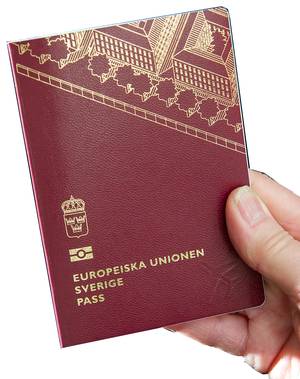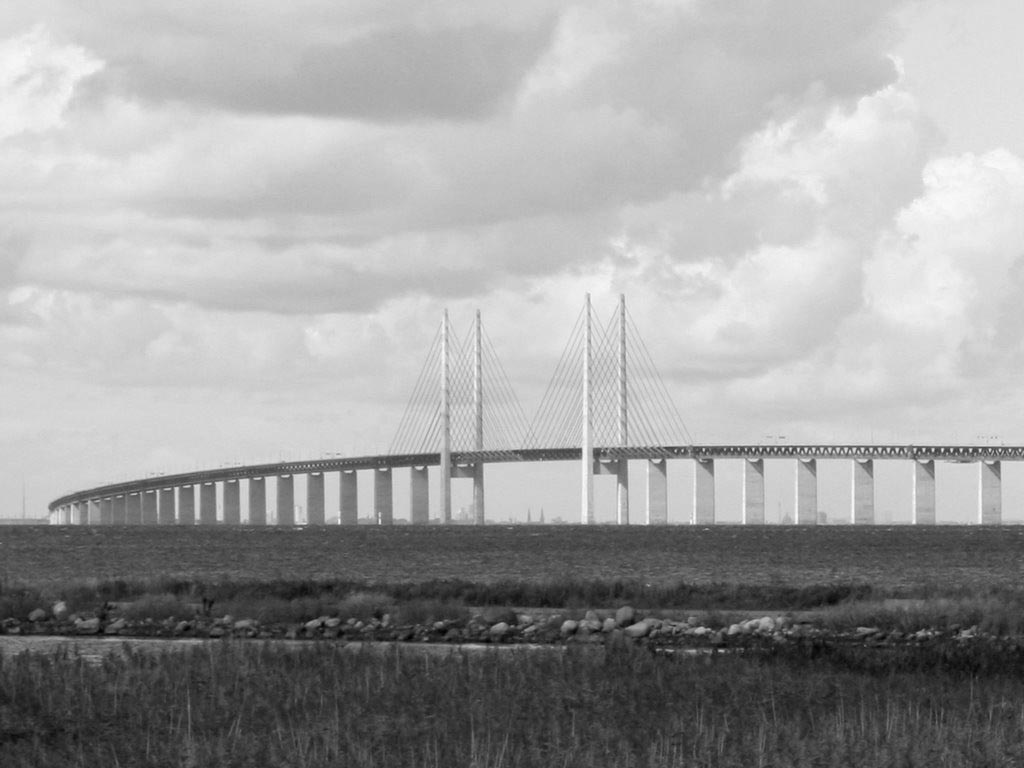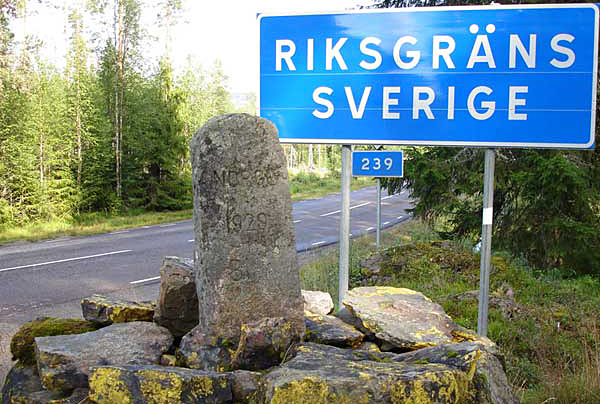No more passport free travel between Denmark and Sweden
To cope with a big migrant influx or the need to better handle possible terrorist threats the sharper border controls all over the EU may bring back European travel to post-WWII standards.
-
 As of 2016 and continuously, for the first time in 50 years, the Swedish passport — or some other form of ID — is needed for travel between Denmark and Sweden.
As of 2016 and continuously, for the first time in 50 years, the Swedish passport — or some other form of ID — is needed for travel between Denmark and Sweden. -
-
To cope with a big migrant influx or the need to better handle possible terrorist threats the sharper border controls all over the EU may bring back European travel to post-WWII standards.
-
 The Oresund Bridge, Öresundsbron, is a combined two-track rail and four-lane road bridge across the Öresund. The bridge-tunnel is the longest combined road and rail bridge in Europe and connects the Danish capitol Copenhagen with Malmö. The bridge is the longest border crossing bridge in the world. It opened July 2, 2000.
The Oresund Bridge, Öresundsbron, is a combined two-track rail and four-lane road bridge across the Öresund. The bridge-tunnel is the longest combined road and rail bridge in Europe and connects the Danish capitol Copenhagen with Malmö. The bridge is the longest border crossing bridge in the world. It opened July 2, 2000. -
-
Beginning on January 4 and for the first time in over 50 years travelers going from Denmark to Sweden by train, bus or boat will need to present a valid photo ID, such as a passport, to enter Sweden from its southern neighbor. There are penalties for tour operators who fail to impose checks. Passengers who fail to present a satisfactory document will be turned back at the border.
-
 Old Swedish border marker along the border to Norway. Image source: Public Domain
Old Swedish border marker along the border to Norway. Image source: Public Domain -
Sweden is set to drastically reduce the flow of refugees into the country by imposing strict identity checks on all travelers from Denmark. All the Nordic countries are now working to shed their reputations as havens for asylum seekers and the new rules for entering Sweden from Denmark will likely force similar controls at Denmark's border to Germany. In his new year address, Denmark’s liberal prime minister, Lars Løkke Rasmussen, said the country was prepared to impose similar controls on its border with Germany, if the Swedish passport checks left large numbers of asylum seekers stranded in Denmark.
-
The move marks a turning point for the Swedish ruling coalition of Social Democrats and Greens, which earlier presented itself as a beacon to people fleeing conflict and terror in Asia and the Middle East.
-
Sweden was initially expecting about 100,000 newcomers in 2015, but by year's end the figure was almost twice that, and the country is struggling to provide shelter, education and other services for would-be asylum seekers. After failing to convince other European nations to share some of Sweden's migrant burden the government made a substantial U-turn in late November, declaring much less liberal asylum policies both in terms of residence permits, accompanying families and border controls.
-
According to Sweden's migration board, 80 percent of people seeking asylum in the country in 2015 did not have a passport and 60 percent have still not managed to show any official identification papers to the authorities.
-
Sweden became part of the Schengen area, the 26 European countries that abolished passport and other types of control at their borders in 2001, but the borders to Denmark and other Nordic nations have been open since the Helsinki Treaty in 1962. At this point several of the Schengen participants have increased control at their borders. Sadly, passport free travel in Europe might become a thing of the past again.
-
-
